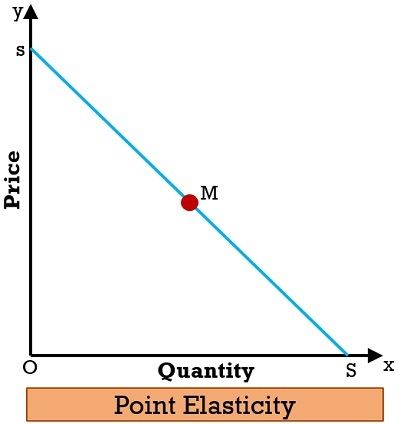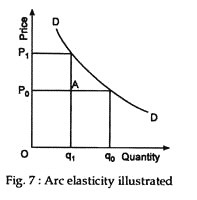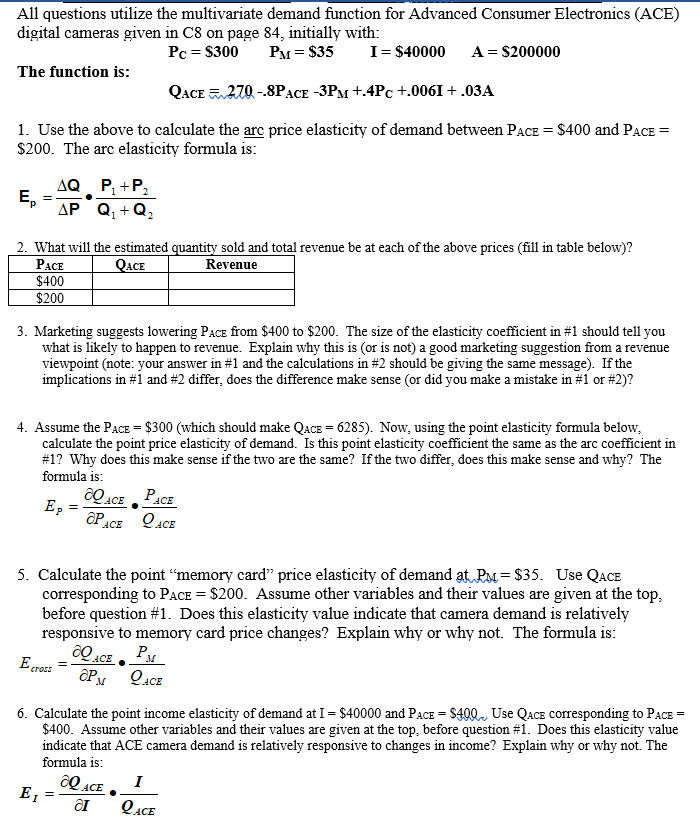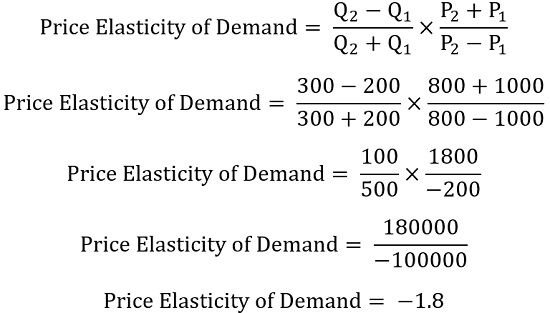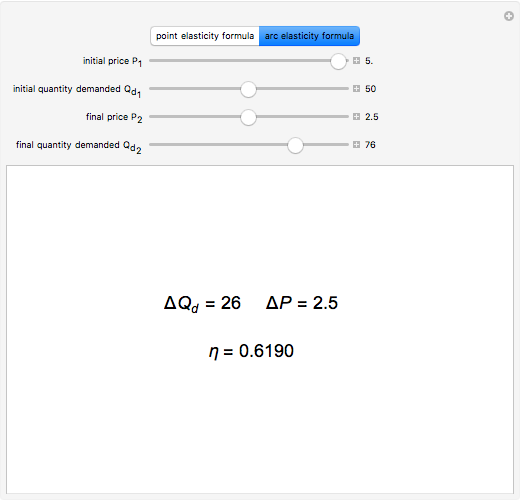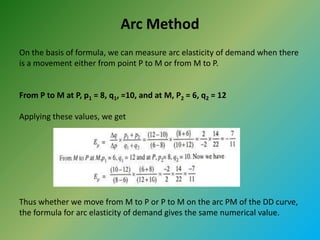The arc elasticity of demand formula is a measure of the responsiveness of quantity demanded to a change in price. It is calculated as the percentage change in quantity demanded divided by the percentage change in price.
One of the key features of the arc elasticity of demand formula is that it takes into account the entire range of price changes, rather than just a single point on the demand curve. This makes it a more accurate measure of elasticity than the point elasticity of demand, which only considers a single price change.
To calculate the arc elasticity of demand, we need to determine the initial and final quantities demanded and the initial and final prices. These values are then plugged into the following formula:
Arc elasticity of demand = (ΔQ/Q) / (ΔP/P)
Where ΔQ is the change in quantity demanded, Q is the average of the initial and final quantities demanded, ΔP is the change in price, and P is the average of the initial and final prices.
It's important to note that the arc elasticity of demand can be positive or negative, depending on the direction of the price change. If the price increases and quantity demanded decreases, the arc elasticity of demand will be negative. If the price decreases and quantity demanded increases, the arc elasticity of demand will be positive.
The arc elasticity of demand is an important tool for businesses and policymakers, as it helps them understand how changes in price will impact the demand for their products or services. By understanding the elasticity of demand, businesses can make informed decisions about pricing strategies and policymakers can make informed decisions about taxation and other economic policies.
Overall, the arc elasticity of demand formula is a valuable tool for understanding how changes in price affect the demand for a product or service. By considering the entire range of price changes, rather than just a single point on the demand curve, it provides a more accurate and comprehensive measure of elasticity.

